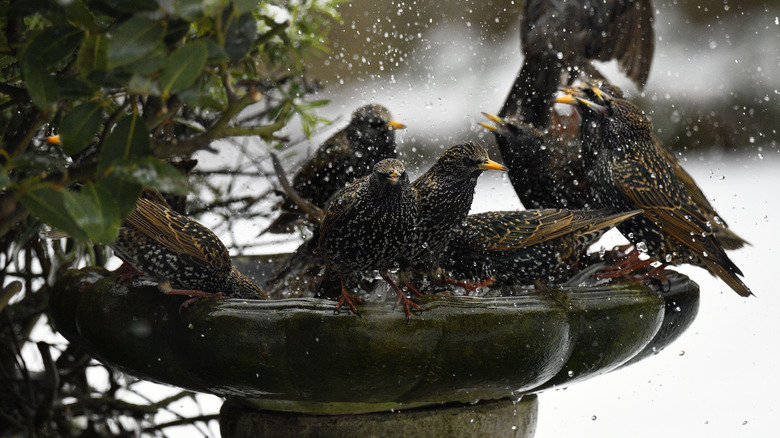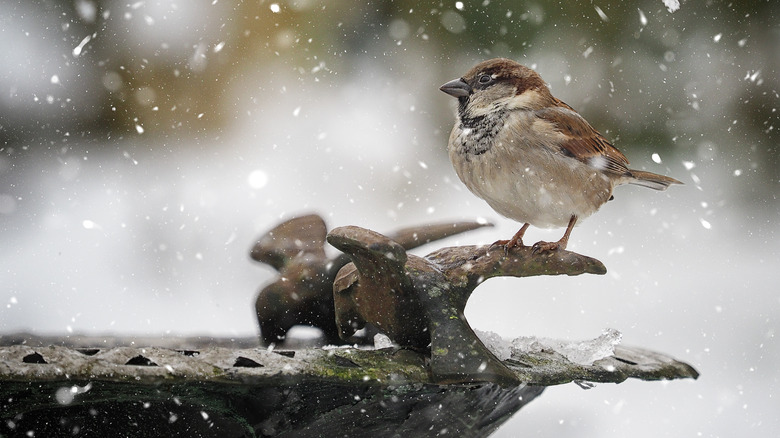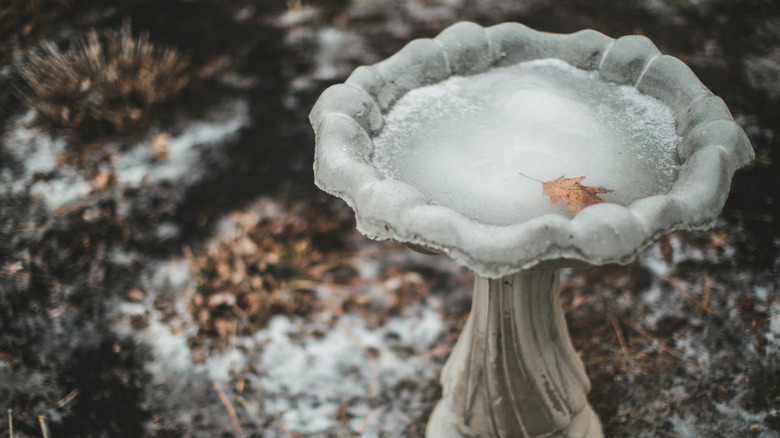Solar Heated Bird Baths: Important Things To Consider Before Adding One To Your Yard
While there are a lot of pros and cons to putting a bird bath in your yard, many people enjoy installing them to draw a variety of birds. If you live in an area that has cold winters, you may want to consider finding a way to keep the water from freezing, giving birds the chance to find the drinking water they need in cold weather. This is a great way to attract birds to your yard even during winter. Of course, not every bird bath will be suitable for all seasons. Selecting materials that could crack in the freeze-thaw cycle, such as glass, stone, or cement, is a bad idea for a bird bath you plan to use all year round. Plastic or resin typically works well. Metal bird baths are even better and will not crack in low temperatures. If you want to be certain that the water won't freeze, you could opt for a solar-heated bird bath.
Solar-heated bird baths use solar energy to keep the water from freezing in the winter by keeping the water moving via a pump or by adding enough heat to keep ice from forming. But, before you choose to add a solar panel to your bird bath, it's important to understand the benefits and drawbacks of using this device. The biggest advantage of using solar power in a bird bath is that you don't need to add electrical wiring or use a long extension cord like you would with a plug-in heater. However, if you live in an area that tends to have a lot of overcast days, then you might find that a solar-heated bird bath won't work as often as you'd like.
Advantages of using a solar-heated bird bath
Solar panels can generate power no matter where you place the bird bath. You don't have to be near an outlet. You just need to receive enough sun in the area of the panels. The electrical power from the solar panels can often power a small de-icer, which keeps the water flowing. When you want to be certain that your local birds have a source of water in winter, the solar-powered de-icer is a vital piece of equipment to have in place. Some of these devices can even power a few LED lights placed around the bird bath. You may appreciate this look, as it can brighten up your yard on a cold winter night.
Many solar panels used inside a bird bath will operate a pump that keeps the water circulating. When the water is moving in the bird bath, it's easier for birds to see from a distance, helping them find it in the winter. The constant movement of water is also helpful to prevent freezing. By stopping the freeze-thaw cycle in your bird bath's water from taking place, you'll have a better chance of avoiding any damage to the material. This is especially helpful if you have an expensive, decorative bird bath and you would hate for it to suffer a crack because of freezing.
Why you may want to skip using a solar-powered bird bath
The solar panels on a bird bath heater won't work on overcast days and may not generate enough power to heat the water properly without a full day of sun. If so, the water could end up freezing overnight, forcing you to do some extra work to remove the ice. If you have a lot of overcast days in winter time, you may need to seek a model that has a battery that can store excess power from sunny days.
If you live in a place where you have below-freezing temperatures regularly throughout the winter, a solar-powered bird bath probably isn't going to generate enough power to keep the water from freezing. You may have to limit use of the device to late fall and early spring in northern climates. This is especially problematic if you are trying to add a solar-powered heater to a bird bath that has a deep basin and holds a lot of water. You'd need a significant amount of wattage for this type of situation.
You probably aren't going to get great value from your solar-powered bird bath if this is the case, as most solar pumps only last for around two to four years. Be prepared to replace this component every few winters. And, just remember that because these solar-heated bird baths aren't durable, you might end up having to replace yours in the middle of a nasty January cold snap, which is when the birds need it most.


